
Developer: Giant Flame
Publisher: PLA Studios
Platform: PC
Tested on: PC
The Troop – Review
After two years in Early Access on Steam, PLA Studios and Giant Flame have finally launched the full version of their turn-based strategy WWII game The Troop. The official launch is the culmination of a passion project by the developers, partially shaped by feedback from a dedicated player base. In fact, some of the game’s ace units were lovingly named after some of the more prominent fans in the community. It’s clear that The Troop is a labor of love, but the question is how it holds up when looking at the game through neutral eyes. Is The Troop the WWII game to end all WWII games or should the developers raise the white flag?
Story
June 6th, 1944. A day that would go down in history as D-Day, when Canadian and British troops landed in Normandy, kickstarting the final stage of the Second World War. This historical event provides the background for The Troop, although developer Giant Flame has emphasized that they deliberately went for entertainment instead of historical accuracy. The Troop’s narrative isn’t character-driven, nor is it heavy on story, even if the main mode is called the story mode. The game simply delivers a fictionalized rundown of D-Day inspired by the real-life events that happened almost 80 years ago. Alternatively, you can side with the Germans in a “what if” take on these events and try to change the course of history and claim victory for the Third Reich.
Graphics
Visual presentation is definitely one of The Troop’s weaker points. War isn’t supposed to look pretty, of course, but the drab color scheme makes it difficult to distinguish things at a glance. On-screen text is tiny and difficult to read, and in-game models look very dated. Jagged edges are everywhere and unit animations are stiff and unnatural. Ten years ago, The Troop would have been considered a decent-looking title, but by modern-day standards, it just fails to carry the necessary gravitas we’d expect from a WWII-inspired title.
Sound
Unfortunately, The Troop doesn’t impress with its soundscape either. The sounds of grenades and shells hitting the opposite side of the battlefield are underwhelming at best. The music feels fitting for the theatre of war but lacks variety. Perhaps the best part of The Troop’s audio is the limited voice acting, with a decent performance by commanders and troops alike. Unfortunately, while these lines aren’t necessarily bad, they do become repetitive rather quickly as they are repeated over and over again.
Gameplay
There are two distinct halves that make up The Troop’s turn-based core experience: there’s the hex-based map gameplay, which is where you’ll deal with moving your forces around and giving them orders, and then there’s the combat, which feels very similar to something like XCOM. From the get-go, The Troop feels very accessible as a whole, although you shouldn’t let this deceive you into thinking that the game is easy or lacking in tactical depth. There is a learning curve here, and the game’s lengthy campaign is built around mastering every one of The Troop’s sub-systems. This does mean that you’ll run into the occasional difficulty spike as new mechanics are gradually introduced, especially since certain newly introduced elements are more fleshed out than others. Combined with a rather advanced enemy AI, this means that The Troop can definitely catch you off-guard while you’re still finding your footing.
Before starting a mission, you’ll be presented with a pool of available units, from which you pick the ones that you’ll dispatch onto the battlefield. Unless you’re replaying a mission, you have no idea which units the enemy has waiting for you, so your best bet is picking a balanced force regardless of your objective rather than putting all your eggs in one basket. Objectives typically involve capturing and holding objectives or wiping out a significant chunk of the enemy force. Missions are fairly lengthy turn-based affairs where you tell your units where to go and who to shoot at. Basic infantry will act according to the distance they are told to travel during a turn. Moving further affects accuracy and focus, and so the key to mastering infantry is finding the best position to act from. Infantry units can fire at any hex within line of sight, which affects your best course of action, both offensively and defensively.
While infantry units are fairly easy to manage, vehicles and tanks are a different story altogether. We mentioned The Troop having lots of subsystems to manage, and this is especially true here. You’re able to control different parts of a tank separately, for example, including every individual weapon. Tanks will operate differently depending on the way they become damaged too. If a tank’s threads are damaged, it may not be able to move anymore but it can still shoot and thus establish a control zone. There is a risk-reward aspect to this as well: do you open a hatch to improve your accuracy when aiming if it means an enemy might lob a grenade inside the hull of your tank? Or is a more defensive approach preferable even if it means drawing out a battle? Given The Troop‘s turn-based nature, you can carefully calculate and consider your every move, fortunately, so there is no need to panic and rush through your decisions.
One aspect of The Troop that we didn’t discover until we had already spent some time with it, was how customizable the game is. From the settings menu, you’re able to tweak morale boosts, turn on or off overwatch, and much, much more. While The Troop lacks an in-game explanation for a lot of these features, we imagine that dedicated fans will be able to tweak things to their heart’s content, making the game significantly more challenging or easier. This is a welcome option, given how enemy AI is significantly more advanced than anything we’ve seen in similar games like Total Tank Generals or Hex of Steel. It doesn’t seem to follow preset strategies and was able to adapt and respond to our changing strategies when we replayed stages, once again reinforcing the need to create a balanced force rather than trying to brute force your way through with the same kind of unit.
In terms of what you’re getting content-wise, The Troop is a bit of an oddity. The meat of the game is in its lengthy story mode, which comprises 36 missions. Each mission feels distinct and unique, and you can tackle these from both sides of the conflict. With the inclusion of varying difficulty levels, you can definitely spend a lot of time here. There is also a skirmish mode available if you’d rather jump into a quick fight and a campaign mode that challenges players with a set of linked missions. However, there is a massive elephant in the room here: The Troop does not have a multiplayer component. Given how both the Commonwealth and German forces have been fully fleshed out as playable forces, as evidenced by the story mode, it’s baffling that you aren’t able to take on other players. As a result, The Troop is somewhat lacking in replay value, although we wouldn’t say it is overpriced simply because of how long the story mode is in the first place.
Conclusion
With a meaty story mode, a high degree of accessibility, plenty of gameplay depth, and tons of customizability, The Troop gets a lot right about what makes a good turn-based strategy game. However, the underwhelming audiovisual presentation leaves a lot to be desired, and the lack of a multiplayer mode doesn’t bode well for the game’s longevity. As it stands, The Troop is a decent game if you’re looking to scratch your strategy itch, but it’s definitely not a must-have title.

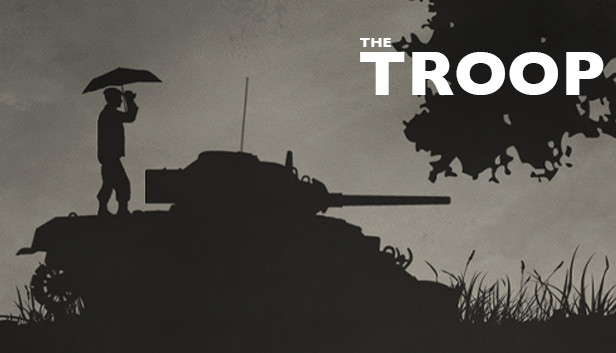
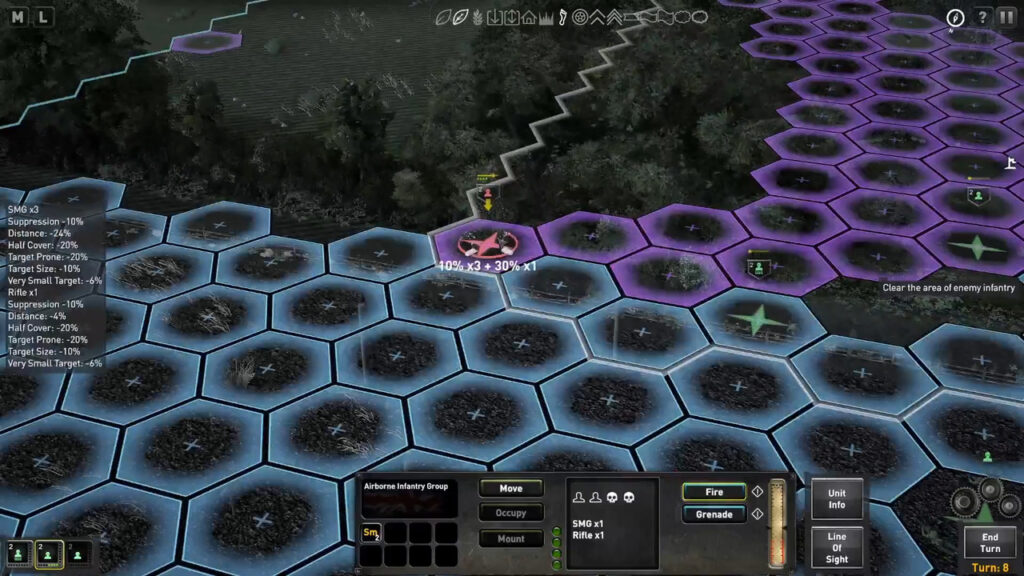
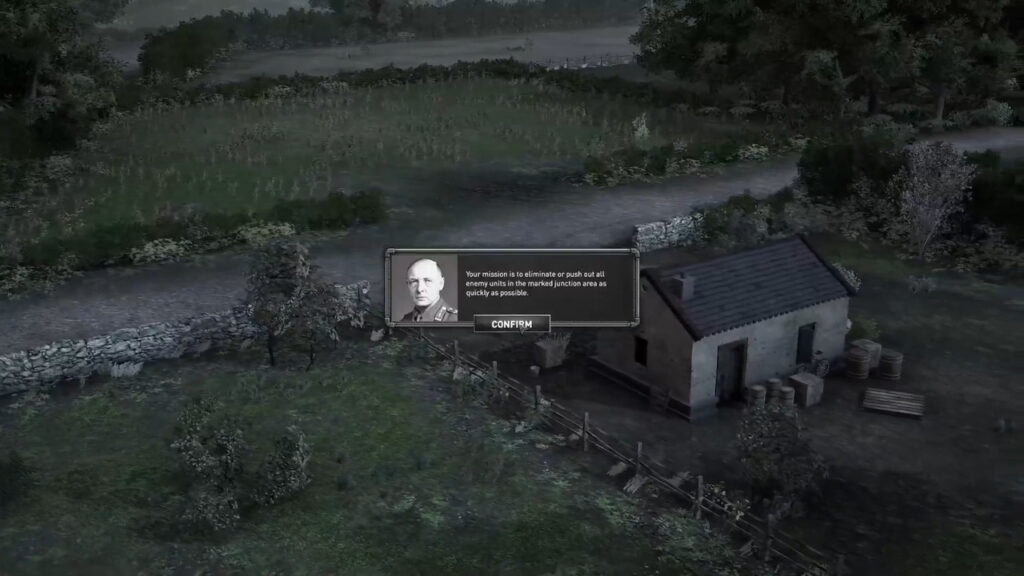
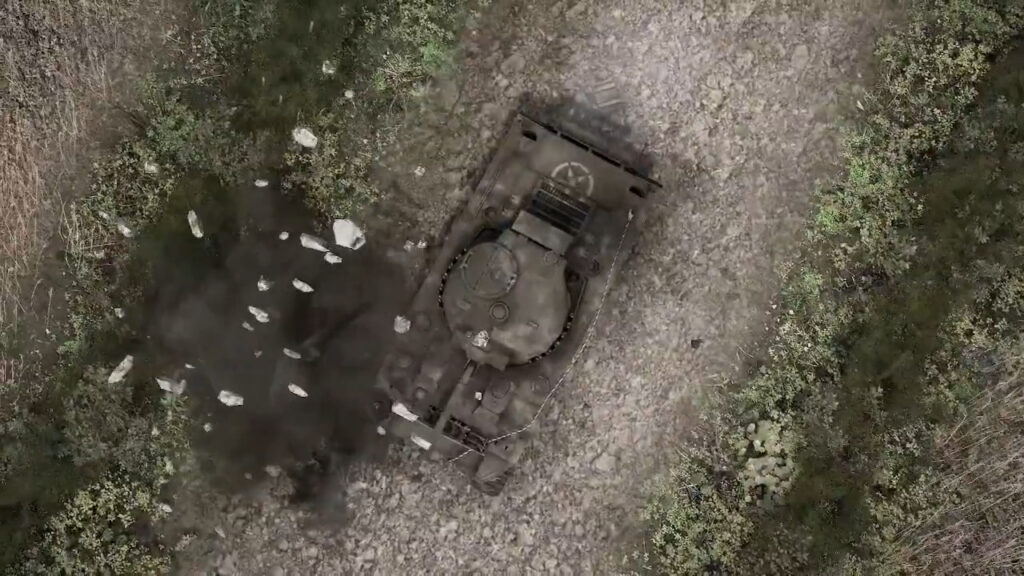
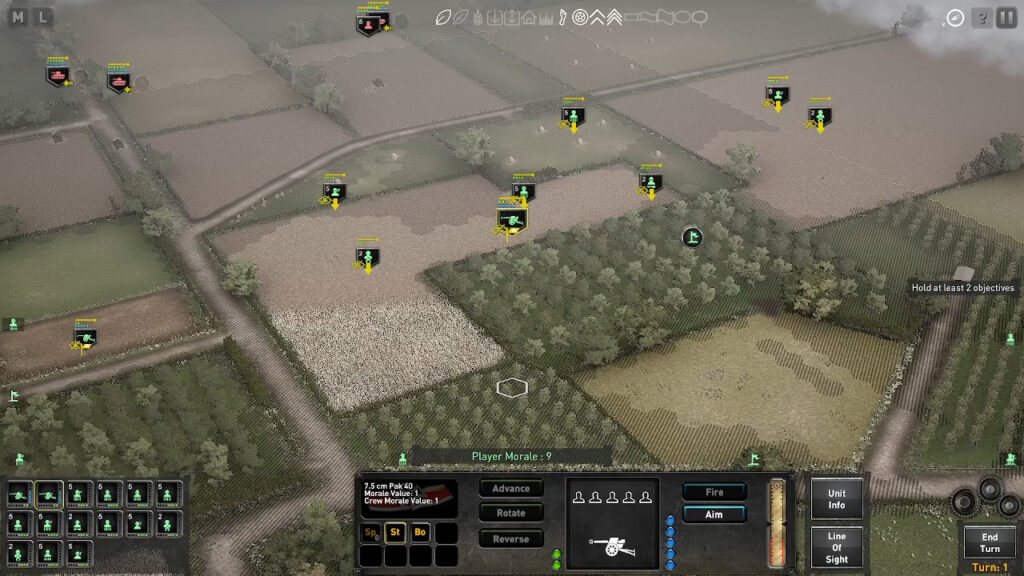
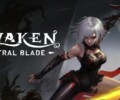



No Comments